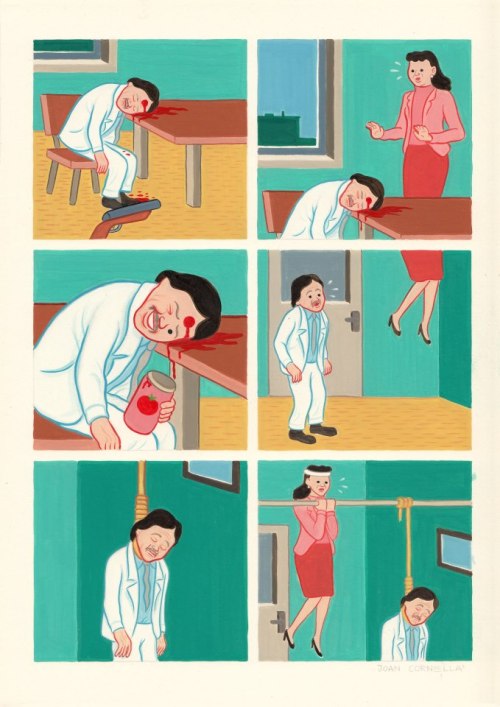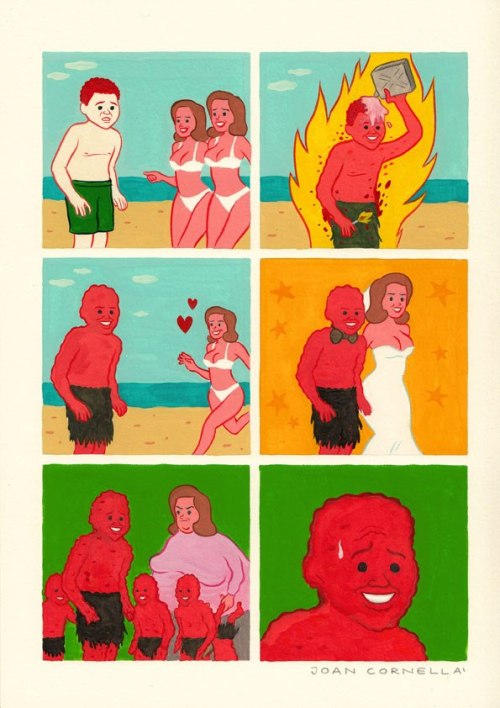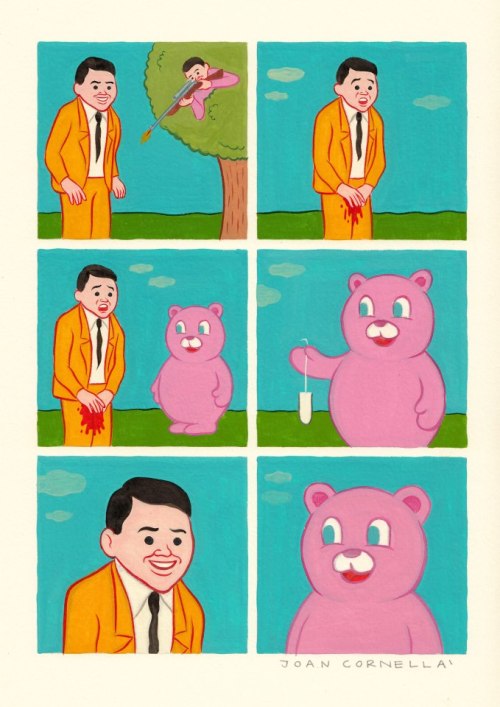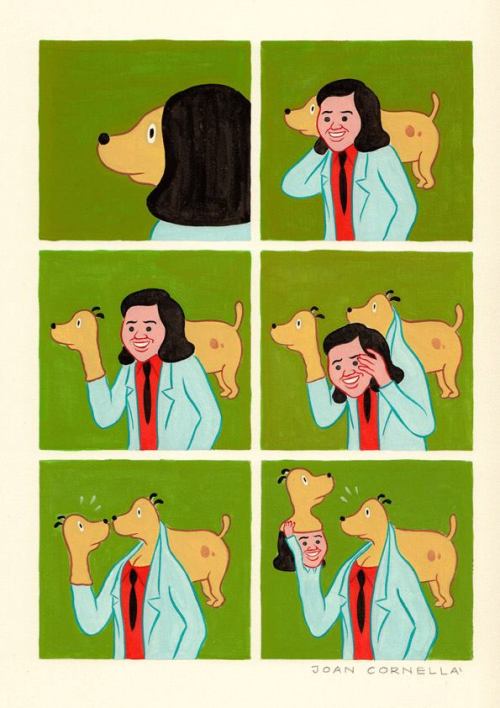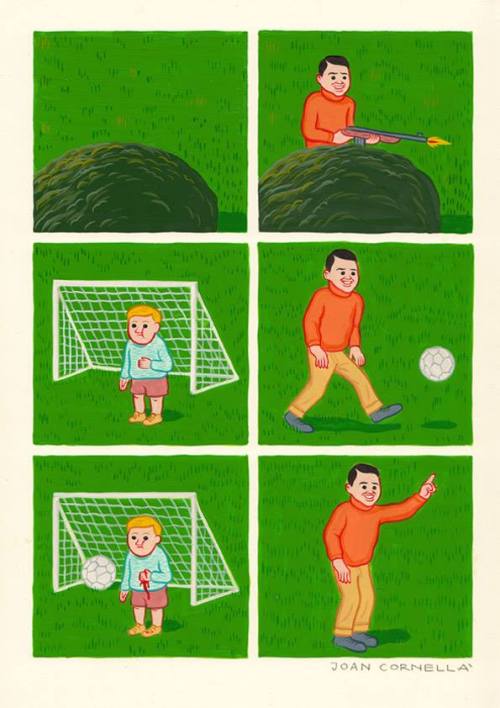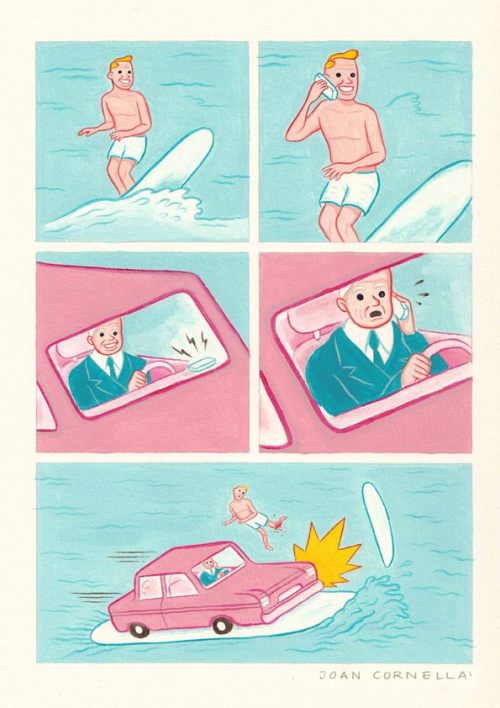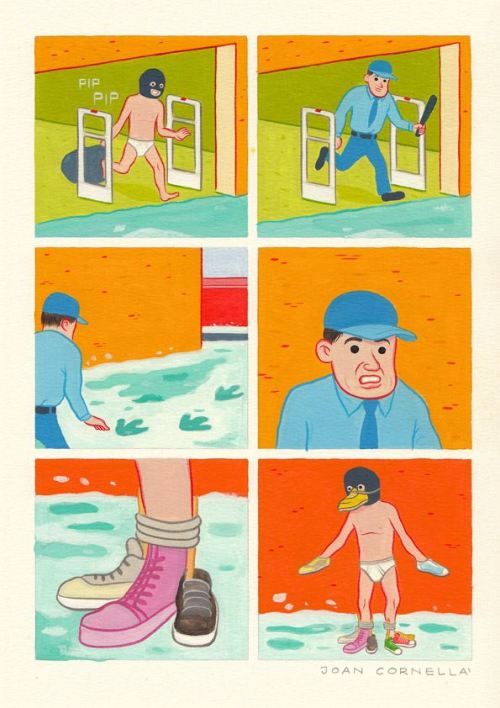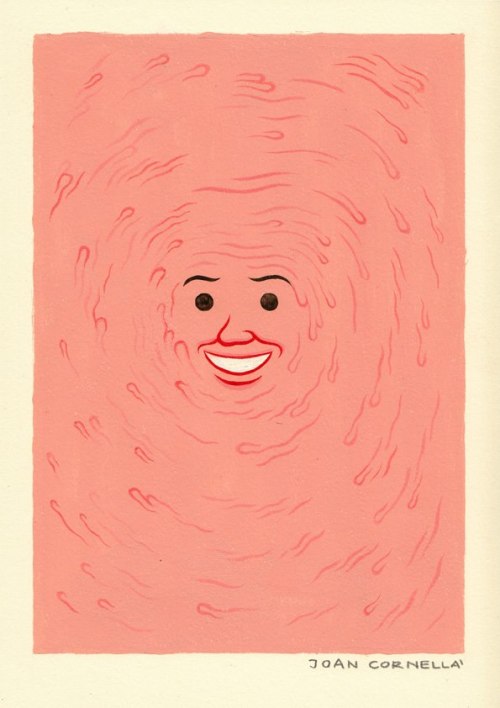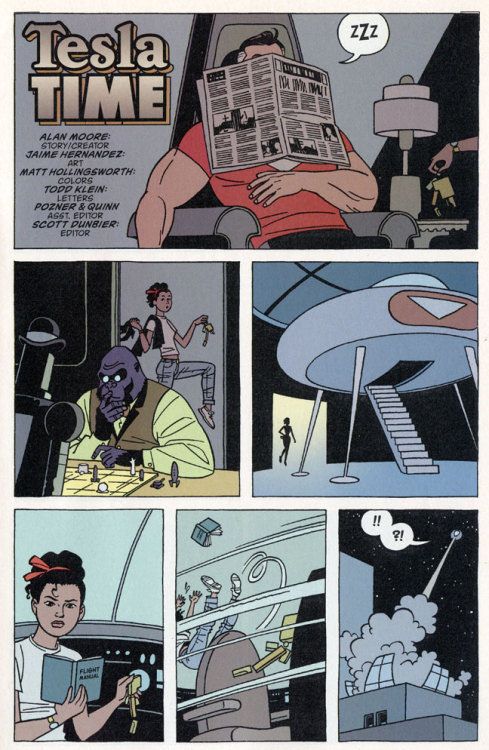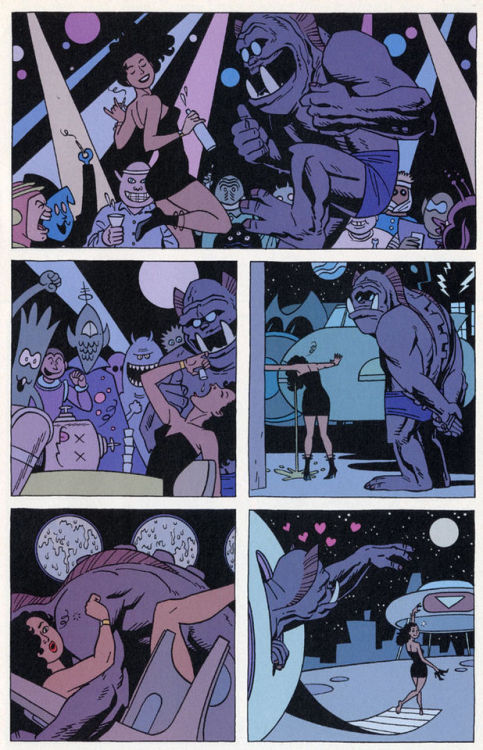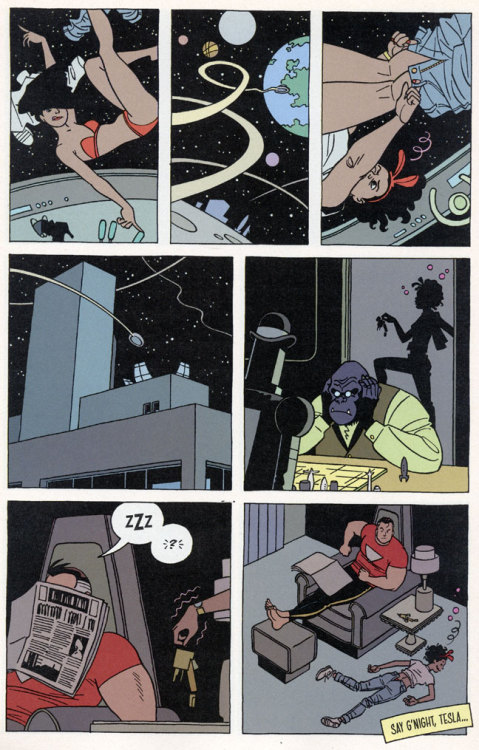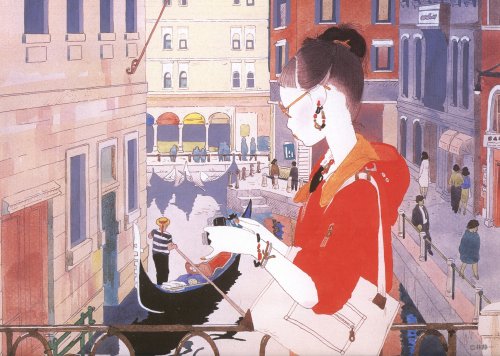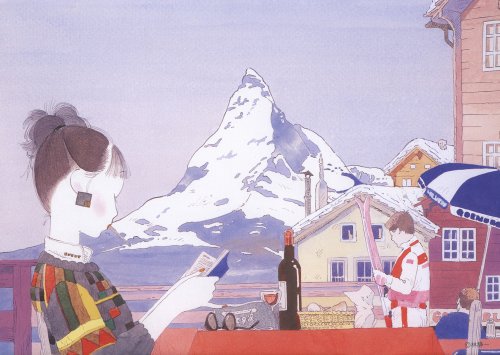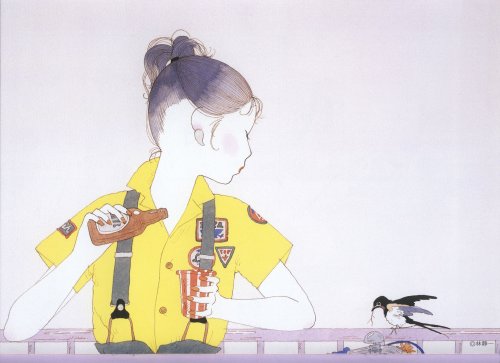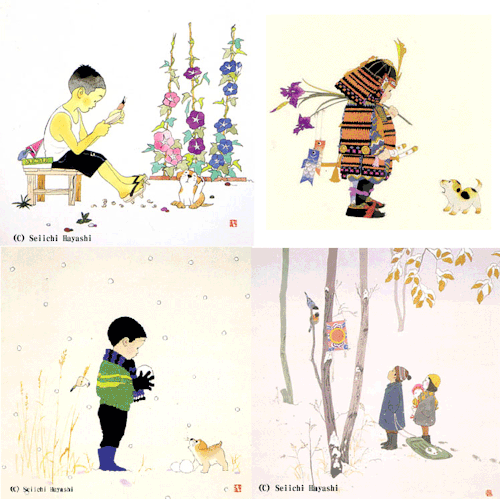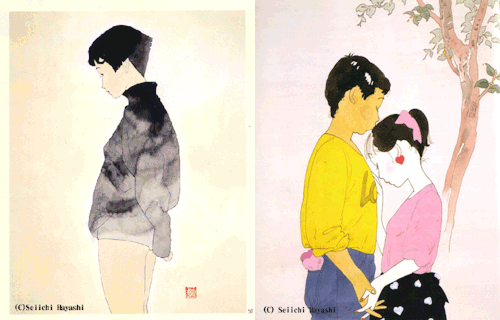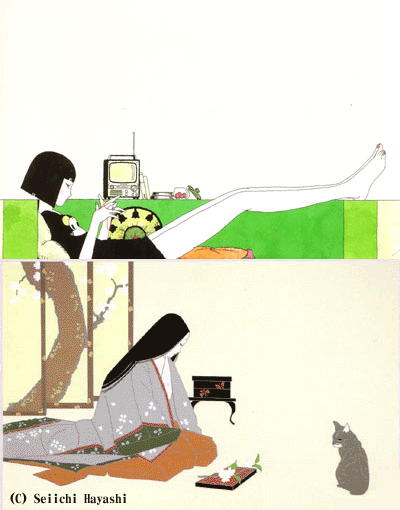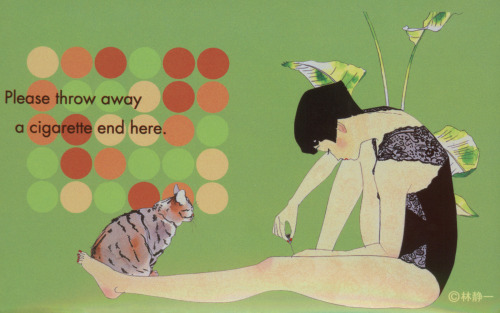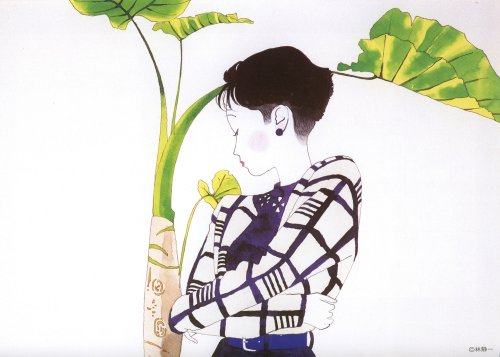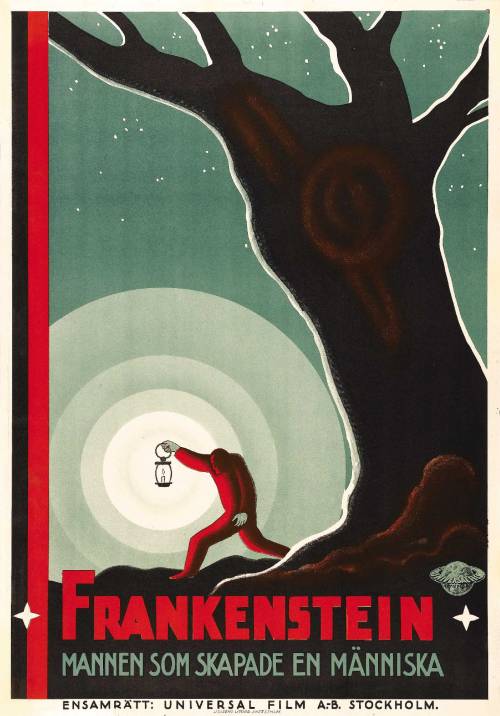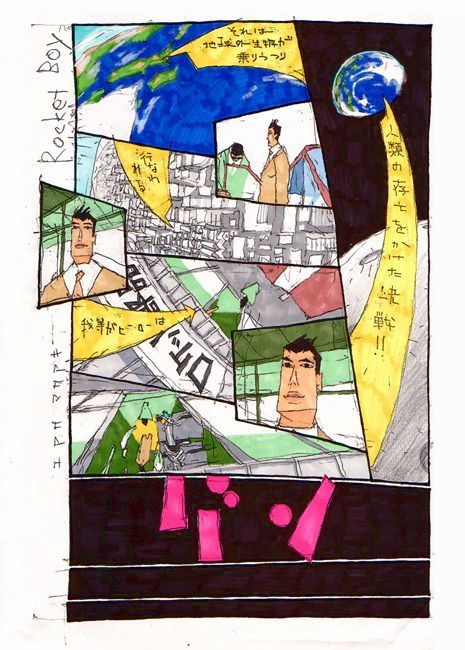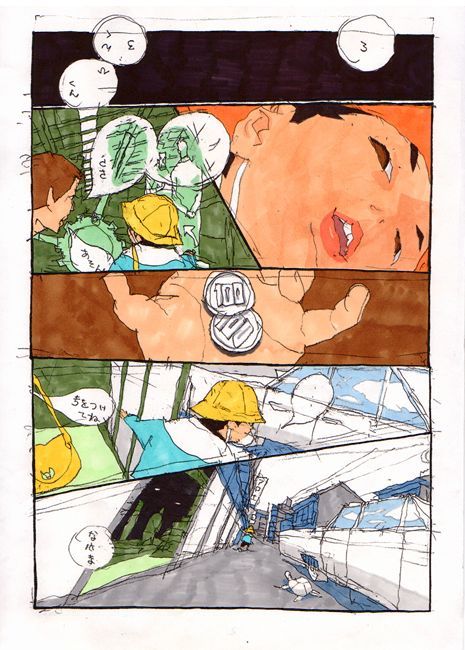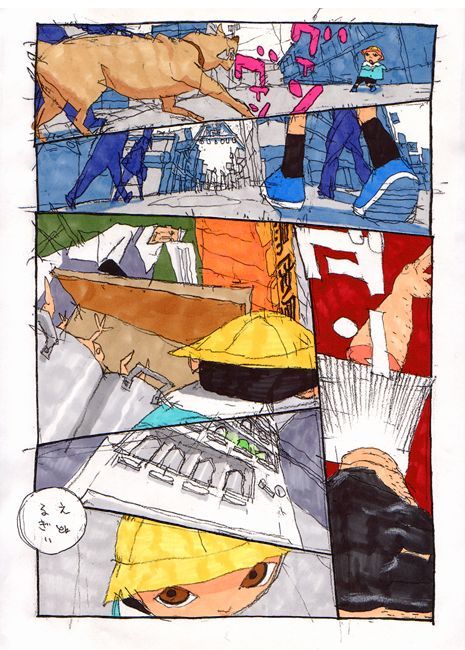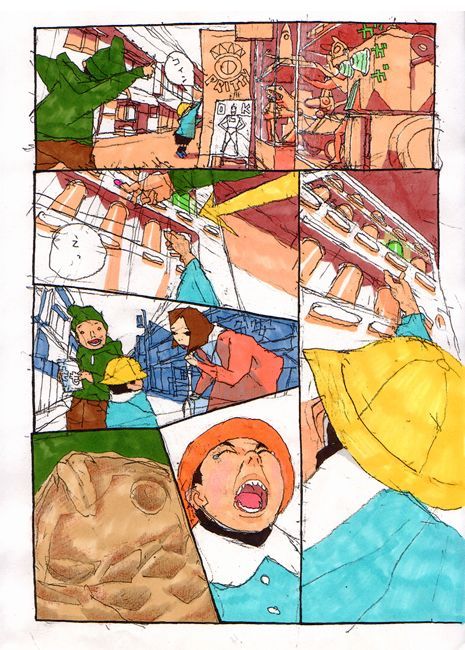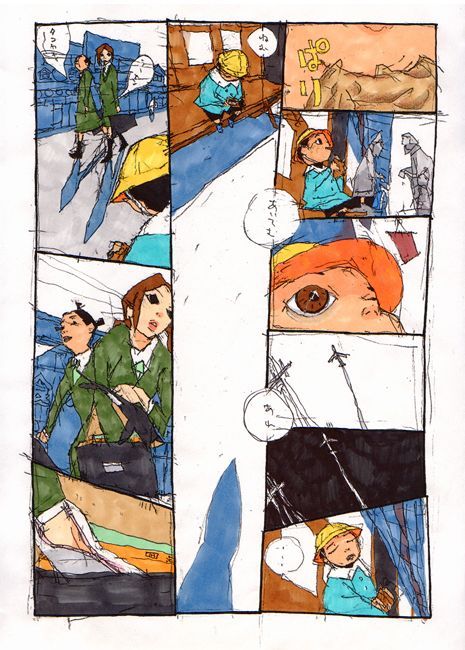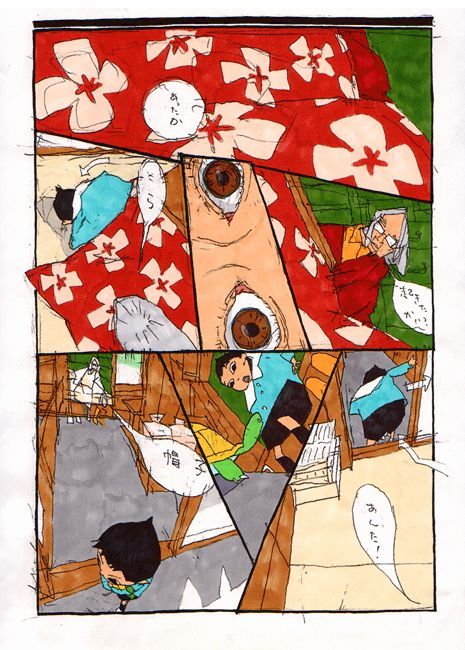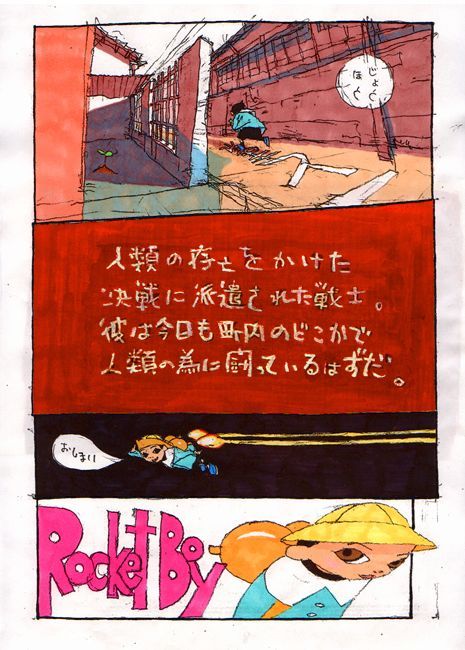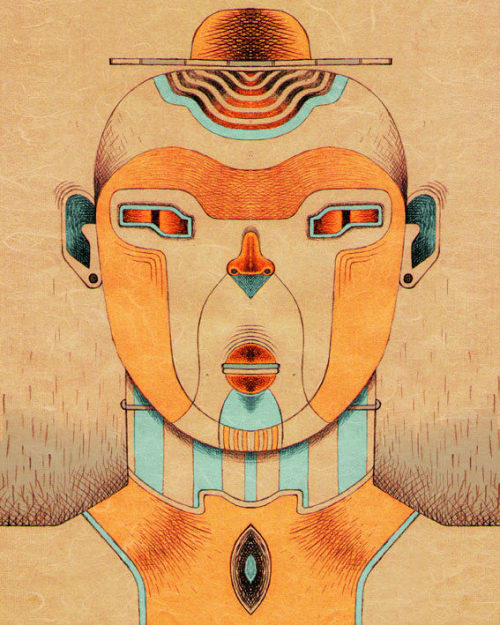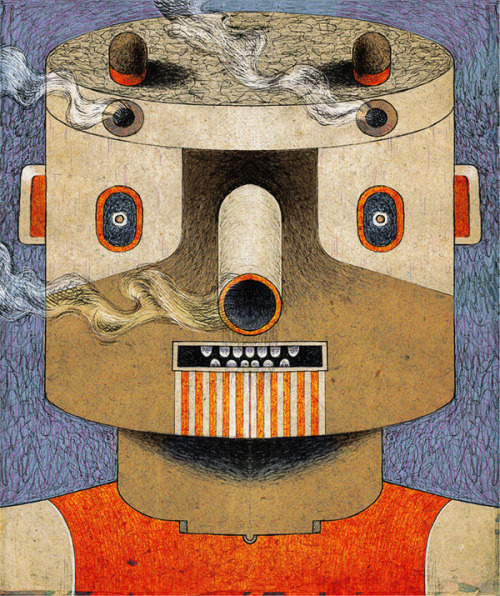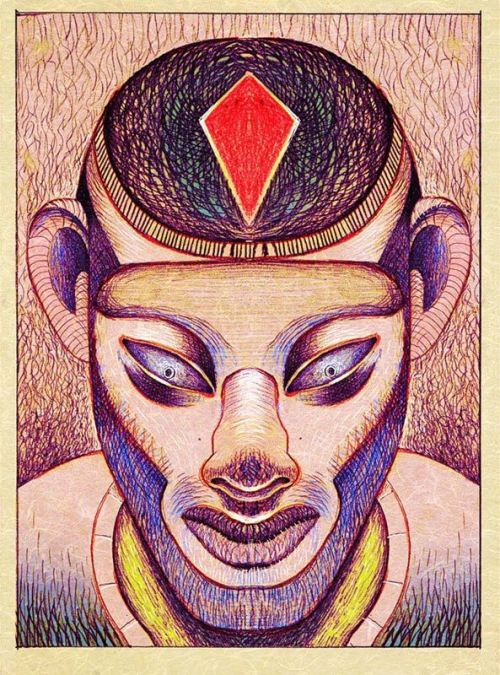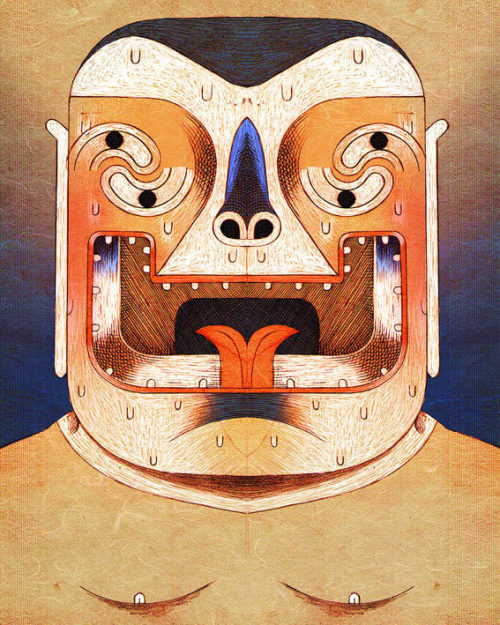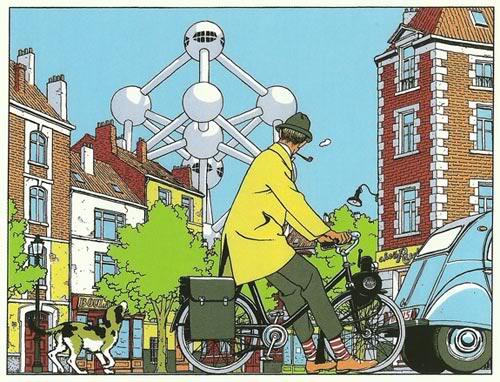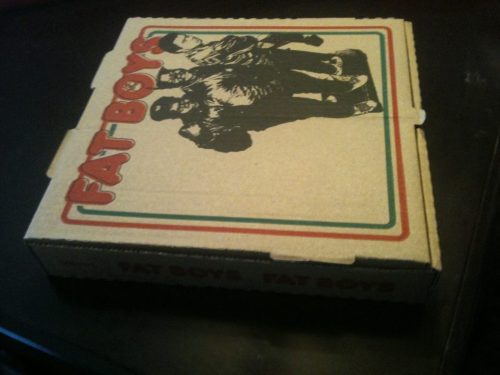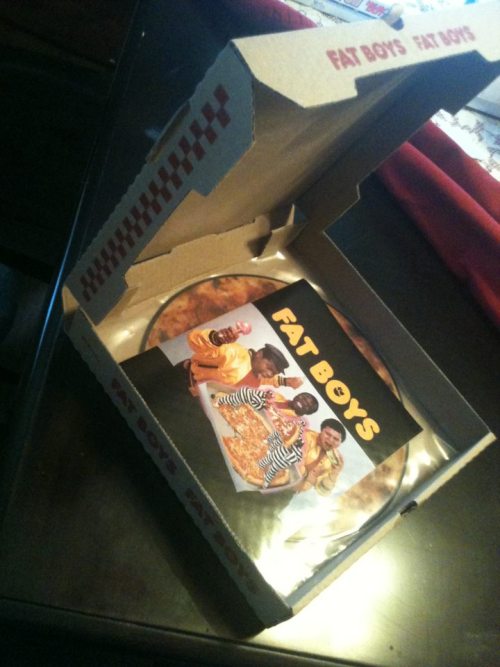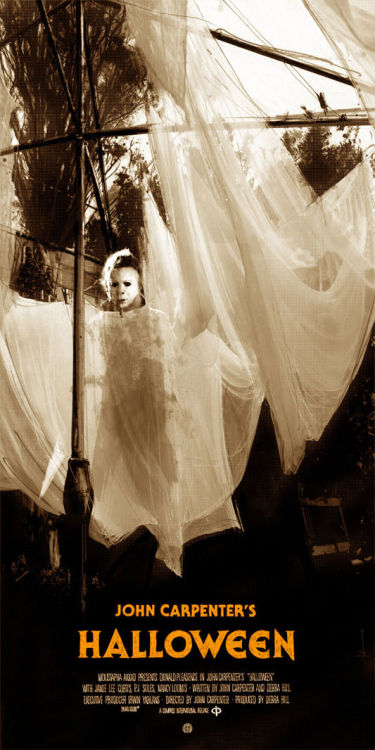










Derekbjenkins
Shared posts
theairtightgarage: Career Timeline: 1973 - The Detour Published...
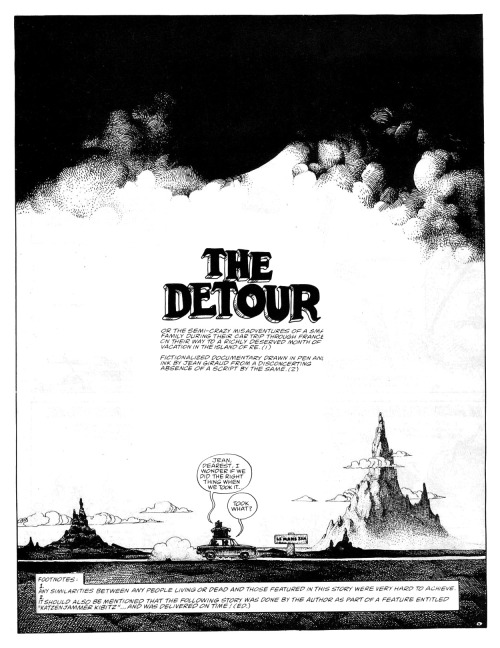
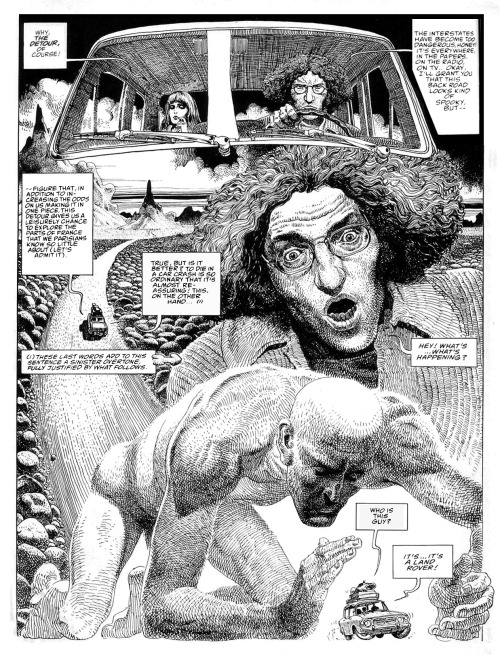
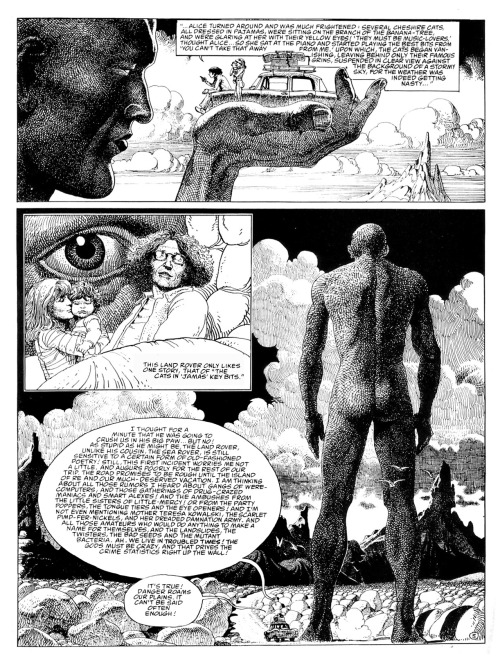
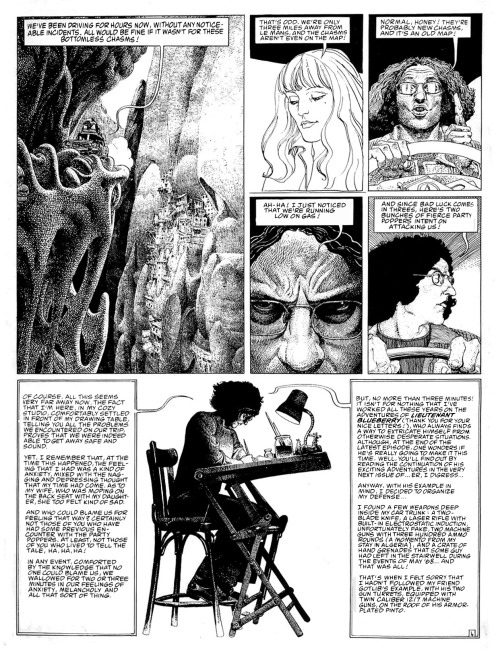
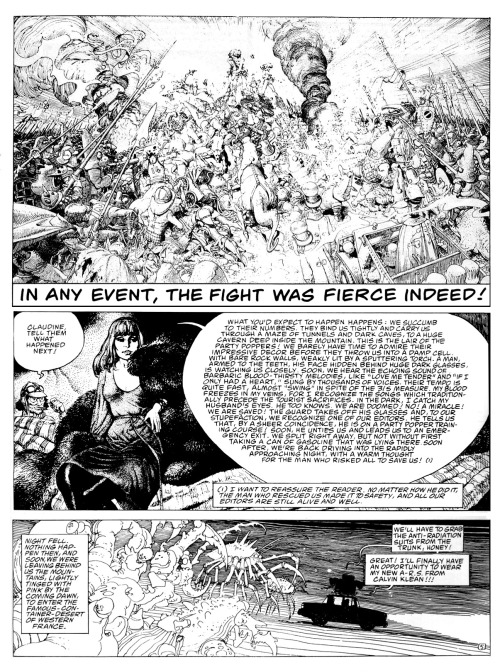
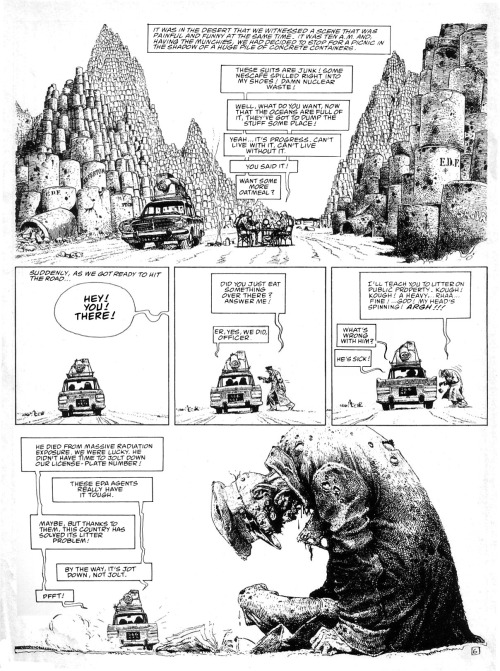
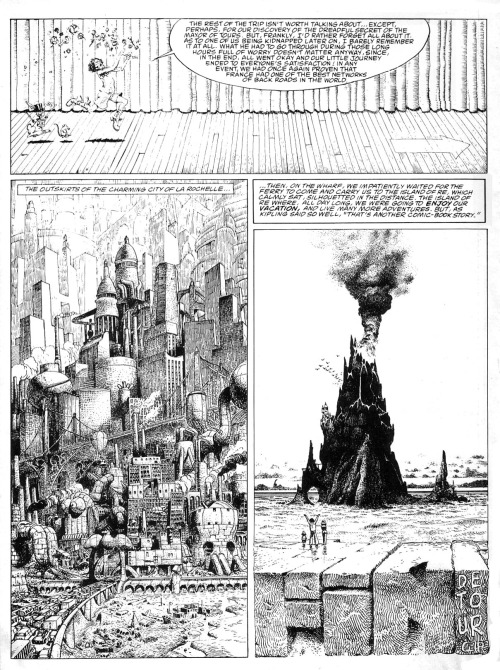
Career Timeline: 1973 - The Detour
Published in Pilote Magazine, and signed as Gir, this is widely considered to be his “transformation into Moebius”. Soon after, he began drawing The Horny Goof, signing his comics as Moebius for the first time since 1964.
blackinasia: It’s fascinating looking at representations of...

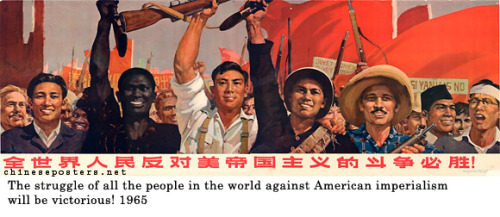
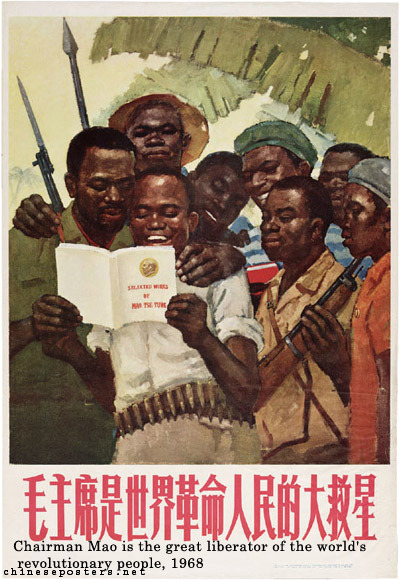
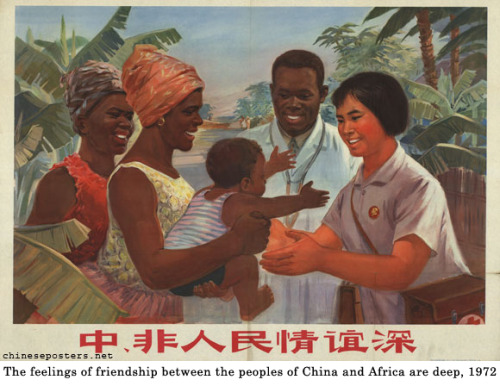

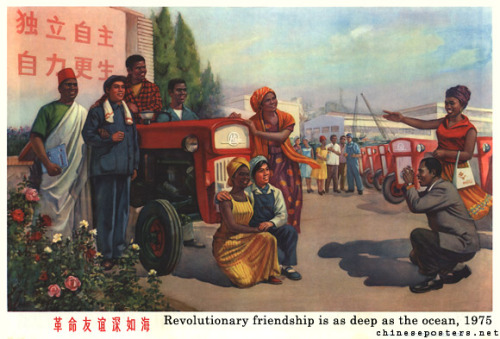
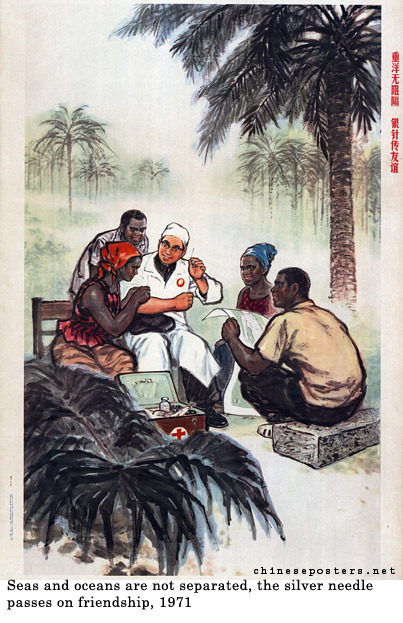
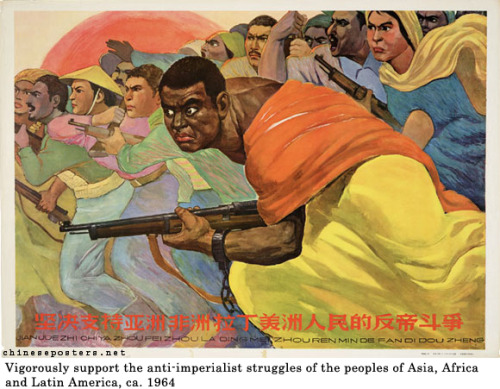
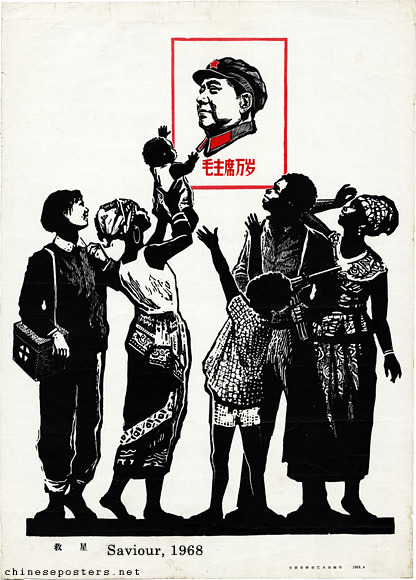
It’s fascinating looking at representations of Africans in Chinese CCP propaganda from the 60s and early 70s. During this time period, China saw itself standing in solidarity in a class struggle with POC in Africa, Asia and Latin America against white-led American and European imperialism. The CCP also saw itself as having led a revolution which could be modeled by the peoples of these nations. Representations of Africa in the propaganda of this era therefore show tremendous camaraderie and brotherhood, presenting a united front against Western imperialism and colonization.
At the same time, though, these images are also steeped in a deep sense of racialized paternalism, which the last image, “Saviour” speaks tremendously to as well. This was due in part to the fact that the CCP’s revolution came earlier and was therefore the model revolution which they were “teaching” to Africans, but it also played directly upon antiblack stereotypes of African people as explicitly primitive (see the poster in which the “silver needle of friendship” is passed) and requiring the stewardship of the Chinese CCP in their march toward freedom in their own countries. The paternalism evident in the “friendship” is clear and plays into these racist, demeaning tropes, raising up a Chinese (rather than white) savior for African peoples in the face of Mao ZeDong.
These images are therefore interesting in the ways they evoke a sense of global POC solidarity against white-led imperialist forces from America and Europe, portray African leaders in a positive and noble light, generally work to show brotherhood between Chinese and African peoples, but then also plays to racist tropes like the “noble savage” trope and positions Africans and other POC in the developing world in solidarity but ultimately under Chinese CCP stewardship with a Chinese savior (Mao ZeDong) who “gets” their struggle, rather than a white one— but still a demeaning, paternalistic savior nonetheless.
Very interesting images to examine, especially for those interested in the history of relationships between Africans and Chinese people, and all of this come courtesy of chineseposters.net’s amazing article “Foreign Friends: African Friends.”
(h/t chineseposters)
bighatdino: chamonkee: Ok, so I did a star wars story it would...
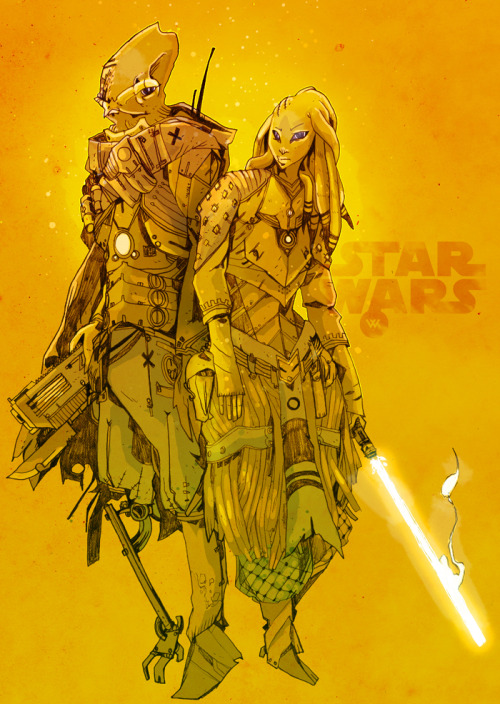
Ok, so I did a star wars story it would be about a couple of femaie jedi who fall in love in a chaste aesthetic kind of way. All about the meeting of souls through the force during the final stages of the clone wars. As fear grips the jedi council the pair are accused of falling from the way of the jedi. Pushed into fleeing they desert pursued by agents of the council who believe they are in league with the sith behind the conflict…
About halfway through the clone army would turn on the jedi and the chase changes from a secret fleeing into the shadows of the empire kind of thing into a helter skelter ride from an entire galaxy out to kill them. Much like a thelma and louise across the stars.
The idea would be to play on the ideas of whether love being a weakness is true or not. We hear a lot of love going sour and being a corrupting force in other stories in the starwars universe. So what if it remains true and lifts us to a better place and however bad love can make a jedi, it can also raise them higher. It’s simply the gamble that the council can not, will not make.
So happy Valentines.
I can see why Brandon Graham suggested you should do Star Wars comics for Dark Horse (well, Marvel inevitably)… :)
Haskell Wexler, the great cinematographer, is tied to actress...
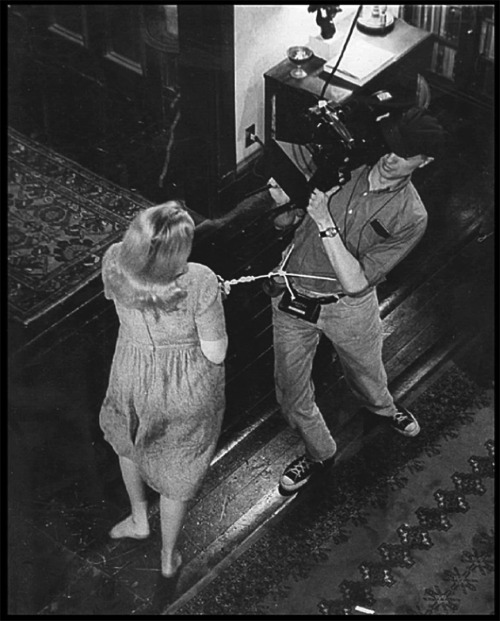
Haskell Wexler, the great cinematographer, is tied to actress Sandy Dennis, on the set of “Who’s Afraid of Virginia Woolf”, to keep a constant distance between an actor and the camera.
In praise of: Boulet
Most web-comics seem to fall into two categories: the daily stand alone short strip, pithy, often humorous, e.g. Cyanide and Happiness, or the ongoing narrative offered in parts, e.g. John Allison's Bad Machinery. Neither really explore or push the limits of the web-comic platform specifically, in that these comics could easily translate into print- there is little that is tailored to the web reading experience. And this is where Boulet stands largely alone: he seems to have an innate understanding of the online platform, taking an ingenious multi-media, mixed materials approach to produce comics that are unrivalled in breadth and scope. Take for example, New York Again. It's a diary/travelogue comic where Boulet visits the Big Apple. Etched in his usual black and white and infused with his trademark humour, it narrates aspects of his journey, laid out in traditional 3-panel strips. He breaks out of these to offer some observational portraiture of New Yorkers that have caught his eye. More strips and then we get this:



Take Our Toyota Was Fantastic. It's a fairly short comic in which Boulet reminisces about childhood trips taken in the family's Toyota, the feeling of safety and warmth that they induced. A young Boulet lays inside the car on a night-time journey, the orange glow of the streetlights washing over him as they pass through a tunnel. The shadowy outline of trees, the moon, a neon 'Esso' sign reflected on the window, all work to evoke the thrum and movement of the car. It's a beautifully resonant comic, anchored by the final panel of an older 'present' Boulet in a taxi leaning contently against the window, as off-panel someone wonders 'I wonder why you always insist to take a taxi... The subway is far less expensive.' Boulet is a superb comics maker, but that narrative, the emotions it expresses and relays, is absolutely reliant on those interactive facets.
Let's look at another of Boulet's 'banner' comics from last year: The Long Journey. The Long Journey showcases, for me, Boulet's mindset: what can web-comic do that print comics can't? How does the platform differ? How can that be used to create comics that are web-unique? The Long Journey, rendered in a pixellated old-school video game style, see the cartoon Boulet persona in endless free-fall, through strange and exotic lands, various weathers, down, down, down. The Long Journey hinges on the reader's use of the endless scroll, the movement mirroring Boulet's trajectory, with the reader following. There's no way it could work in print: the pages breaking up the endless one-ness of the fall, and the horizontal turning of the page at odds with the continuous 'down, down, down' feeling that's harboured in the original.
Boulet was one of the first purveyors of the online comic, so it's perhaps fitting that he's 5 steps ahead of what everyone else in web-comics is doing, but it would be nice to see the parameters of the platform tested more by others, too.Where people still seem unsure or even afraid to play around or test the web-comic platform, Boulet is having a ball- producing every kind of comic you could conceivably think of. His range of art style and techniques, and the manner in which he manipulates them to show a shift in tone or feeling, a movement from place or time, via colour or layout, is astounding. Here's a quick look at a few:
Nostalgic, cutesy anthropomorphism:

And there's a tonne more: photo-realism, as well as the incorporation of actual photos, videos, various painting styles, penciled art, digital, and on and on. The New York Pittsburgh diary alone has photograph, video, watercolour paintings, drawings, digital- seriously, just go look at it now. And it all works as one whole piece. Ostensibly, Boulet's comics are diary/autobiographical with a strong fictional slant, but over the years the man has written and illustrated every genre under the sun in longer and shorter length narratives: crime, sci-fi, fairy-tales, an amazing pirate story that cuts between memory and imagination and past and future tenses, fantasy, time-travel, travelogues, wordless comics- he's done it all. Boulet's spoken of how for him 'the key is to always link the drawing to an emotion, a memory,' which is probably why most of the time, he'll insert himself into these scenarios, providing the reader and himself a point of recognition and familiarity- it's meaningful to him because he's in it, and it's meaningful to us because the Boulet person is essentially who we transpose ourselves onto. Joe Decie's comics are similar in nature: the quasi autobiographical thoughts a jump-off into the fantastical and imaginary.
The only other person who has come close to using the digital platform with a dexterity matching Boulet's is Emily Carroll; her horror comics require the reader to click on page elements to reveal plot facets and move the narrative further, giving them a choice to go on and making them a complicit participant.
Web-comics are getting more recognition, but it's a laborious process and the chase for attention and readers constant. Boulet, I would imagine, benefits from having built his base of readers over the years, and thus perhaps feels freer to experiment more, with his efforts paying off as his work gets wider attention. However, I don't think it's a stretch to say that on the whole, web-comics are still generally overlooked, under-appreciated and viewed as inferior to print- which would explain why he is yet to be recognised for his oeuvre. People talk about new ways of telling story, the evolution and progress of the medium, changing discourse and language, and Boulet is a perfect example of an innovator in the field. Let's, in this 10th year of Bouletcorp being online, celebrate and savour his mastery.

thebristolboard: Forgotten masterpiece: “An Alien in New York”...
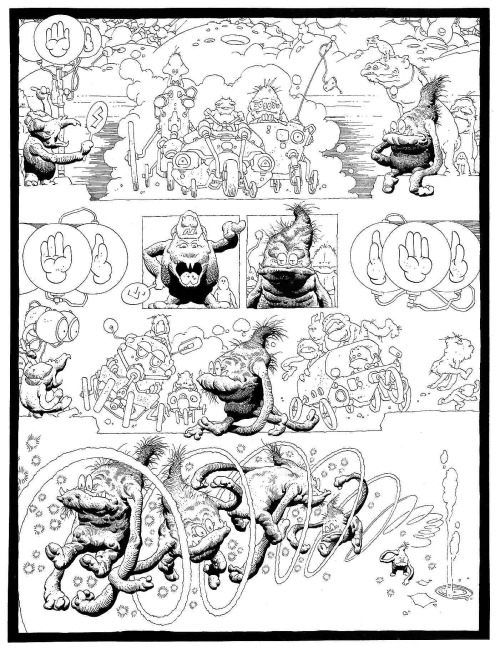
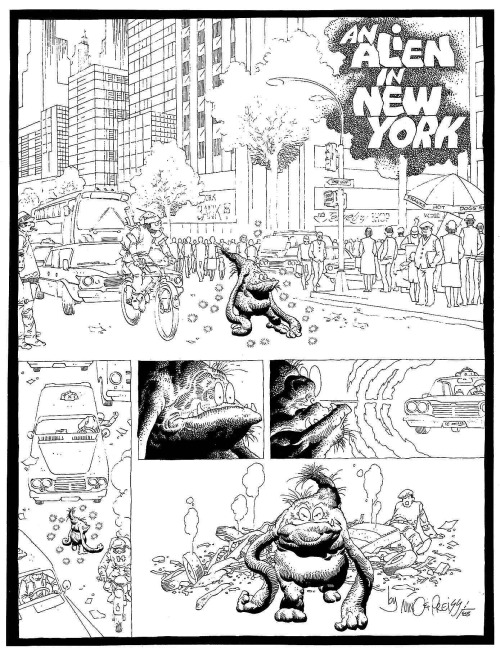
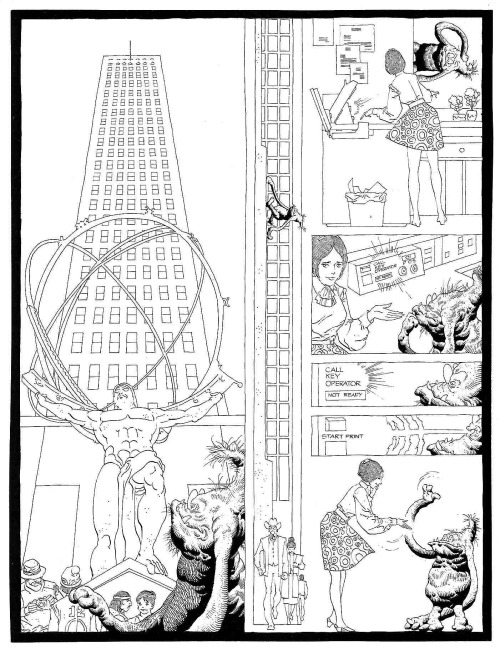
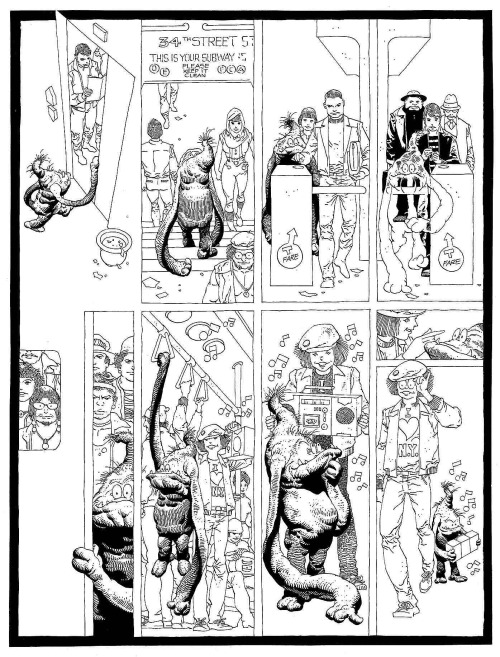
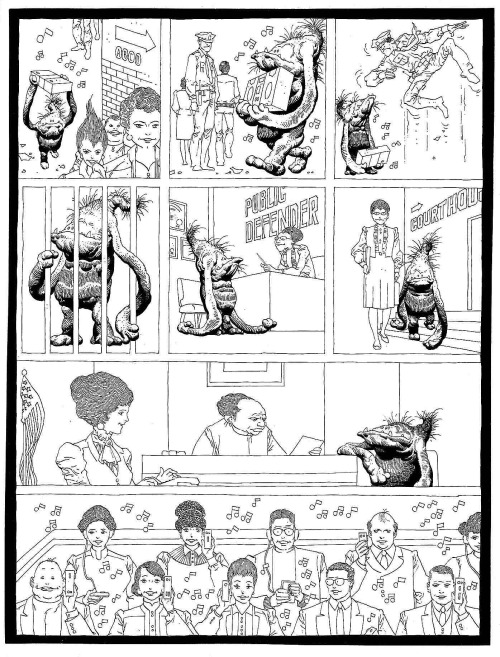
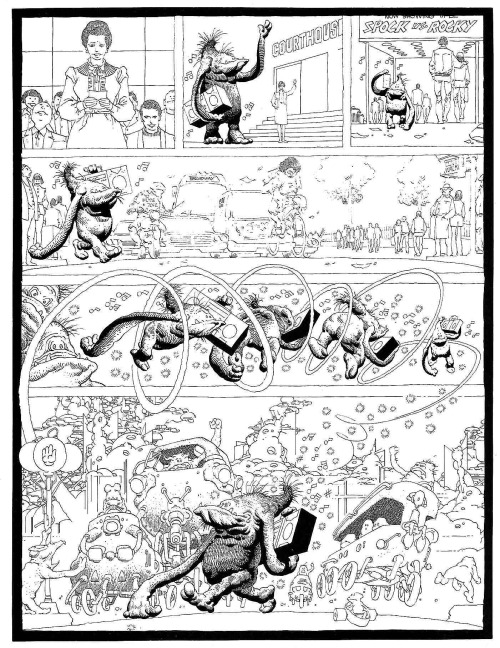
Forgotten masterpiece: “An Alien in New York” by Alex Nino and Byron Priess from Heavy Metal magazine, January 1984.
Taiyo Matsumoto's Ping Pong adapted into TV anime
.jpg)

.jpg)
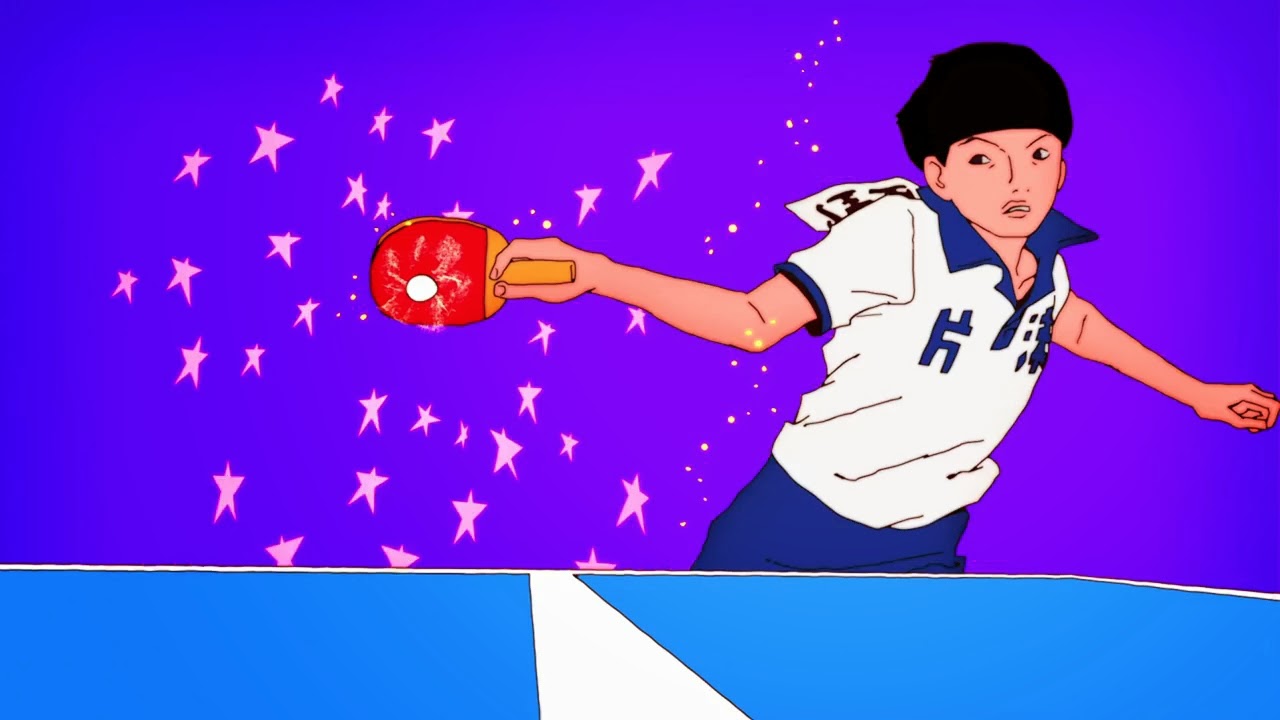.jpg)
And here's the teaser trailer (you can find the website for the show here):
2013 comics round up: stuff what I loved

 |
| Add caption |

Maybe this is a crazy question, but how did Europeans know what Africans looked like? I know that some of the paintings here are of North Africans/Middle Easterners, but others clearly depict people born south of the Sahara. I've heard of Prester John but I never imagined that medieval Europeans were aware that Prester John would have had brown skin. Am I missing something?
Like. There are a lot of things I could say here. But I’m just going to do my best to answer your question, and the answer is either very simple or very complicated, depending on your current point of view.
1. “They” knew what people with brown skin looked like because people with brown skin had been there literally THE ENTIRE TIME. Some (and father back, ALL) of “them” had brown skin themselves.
2. “People with Brown Skin” and “Europeans” are not separate and mutually exclusive groups.
3. No matter how far back you go, the mythical time that you’re looking for, when all-white, racially and culturally isolated Europe was “real”, will continue to recede from your grasp until it winkles out the like imaginary place it is.
We can just keep going back. In every area, from all walks of life, rich and poor, kings and peasants, artists and iconoclasts, before there were countries and continents, before there were white people.
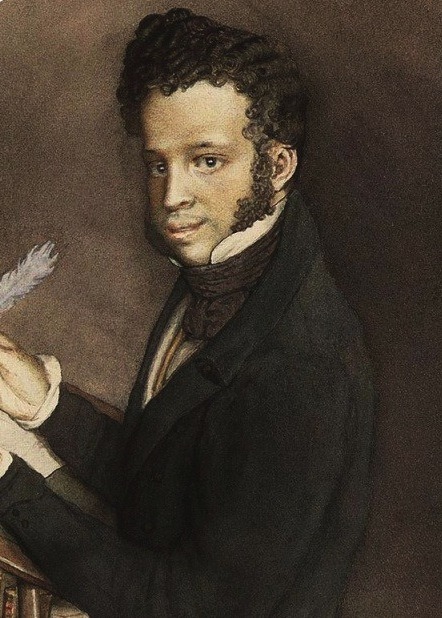
Switzerland, c. 1800: [fixed link here]
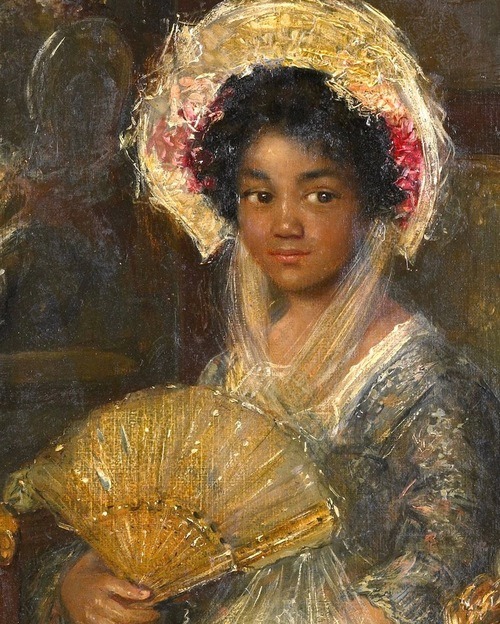
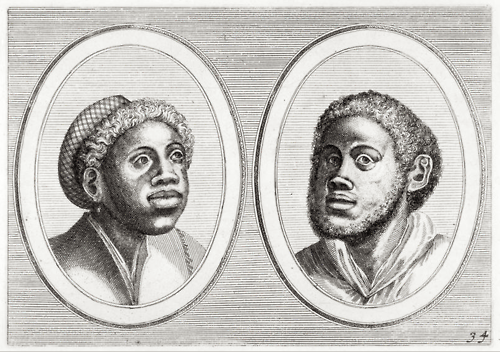

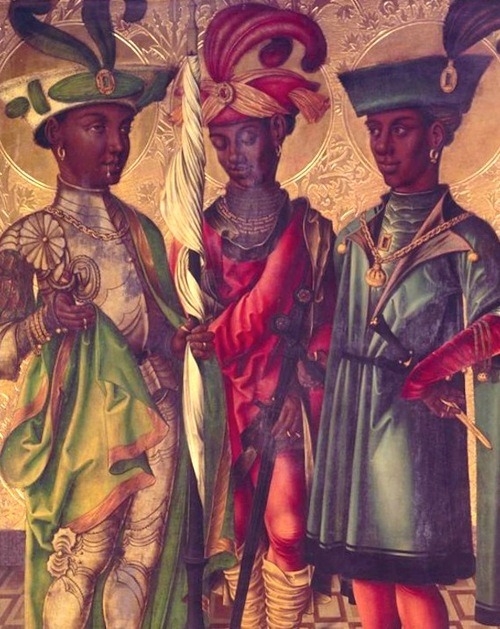

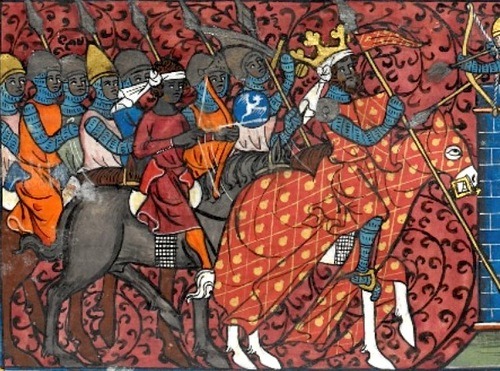
Scotland, England, France, 1280s:
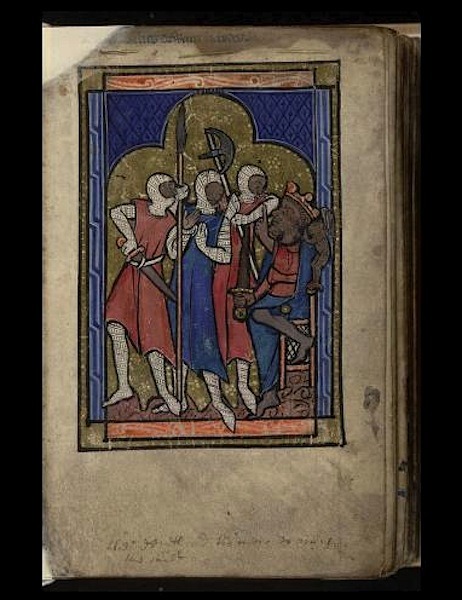
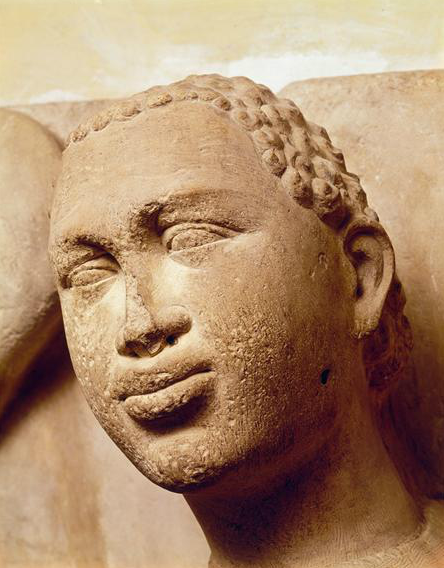

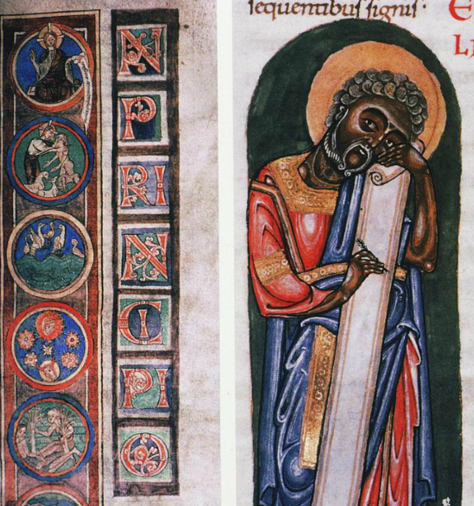
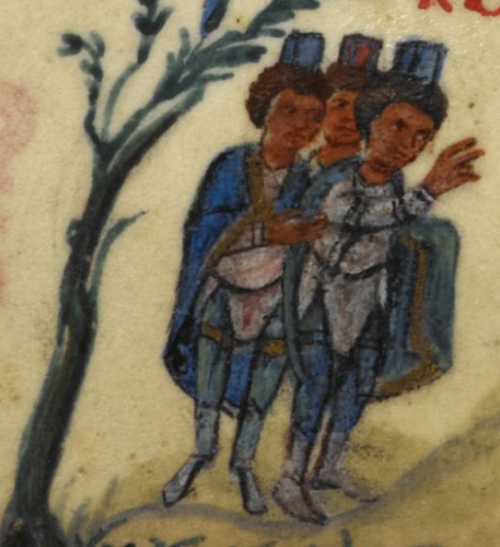
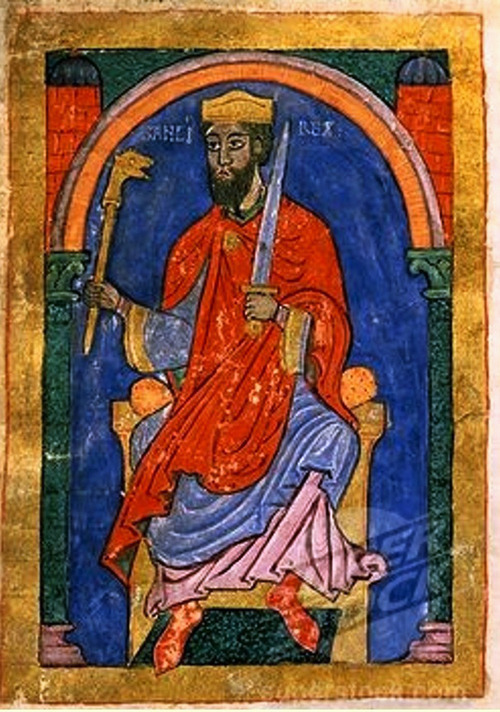




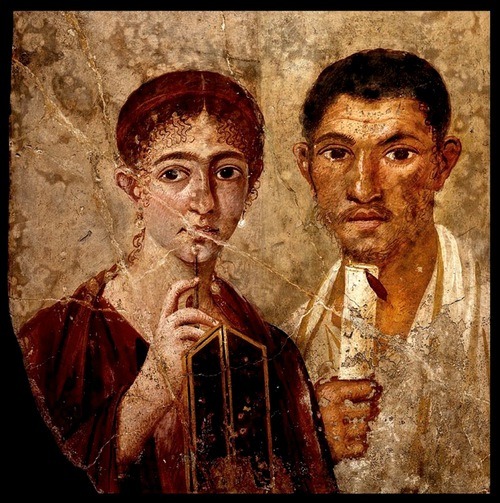

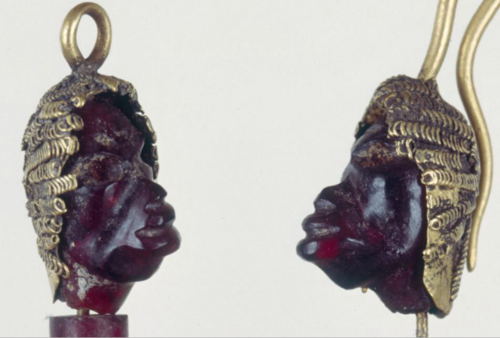




Crete (Minoan), early 2000s B.C.:


The time when “EVERYONE” in Europe was White does not exist. They knew what people with brown skin looked like because they were there. They knew what “Africans” looked like because they were there, and they weren’t “they”, they were us, or you. I think what you’re missing is something that never existed.
sayunclecomics: malachiward: Simon Roy has a new book out this...
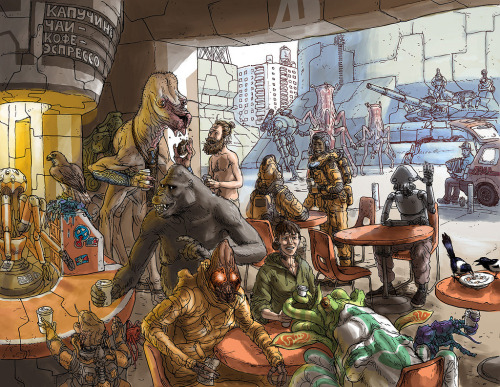
Simon Roy has a new book out this year! It’s gonna be great. If you’re a sci-fi fan, or just a fan of good stuff, you must check it out.
Simon makes the cool stuff.
(Toripan, Nanko Torino)
Derekbjenkinsquack wack quack
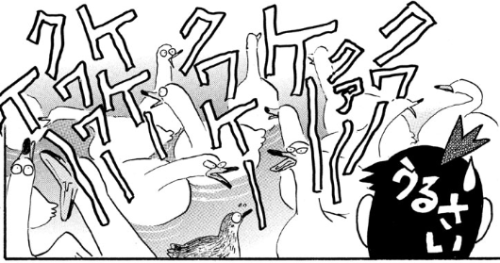
(Toripan, Nanko Torino)
And Then Theory Wept: Precarity Talk and Miley's Sadness
* While the MLA vulnerability theme was playing out, a subconference of vulnerable people gathered autonomously to share and develop technologies of autonomy. I couldn't make any of it, but I heard it was a brilliant blast.
forgottenneighborhood: "Ifigeneia thinks she would like to fall...
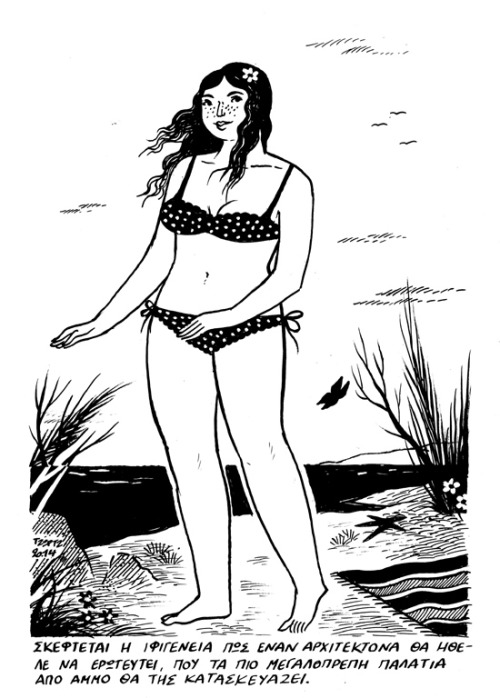
"Ifigeneia thinks she would like to fall in love with an architect, who would build the most grandiose sand palaces for her."
Fairlights, Mallets and Bamboo Vol. 2
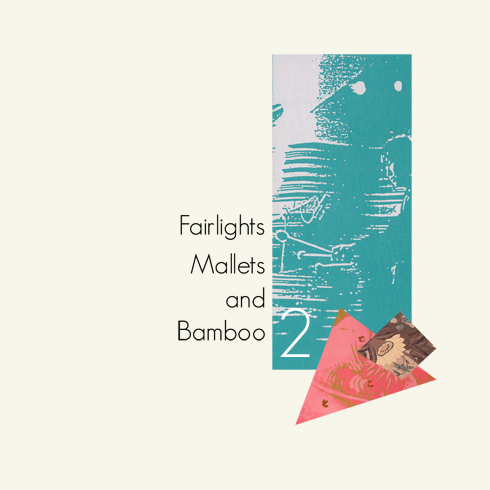
As promised, further investigation into the futuristic spaces in Japanese ambient and pop music from the 1980s…
Tracklist:
Takashi Kokubo – “Electric Fantasy (Pops)” from Electric Fantasy
Ichiko Hashimoto – “Opening the Door of the Heaven, There Overflowed the Orange Shine” from Ichiko
Yasuaki Shimizu – “Hako” from IQ 179
Geinoh Yamashirogumi – “Primordial Germination” from Ecophony Rinne
Ippu Do – “Sorrow” from Night Mirage
Joe Hisaishi – “In the Polluted Sea” from Nausicaä: Valley of the Wind OST
Haruomi Hosono – “The Truck on the Sea/Wheels on Fire” from Paradise View OST
Masashi Kitamura + Phonogenix – “Variation II” from Prologue for Post-Modern Music
Joe Hisaishi – “A Virgin & The Pipe-Cut Man” from Curved Music
Ryuichi Sakamoto – “Kokubousoushou” from Royal Space Force OST
Ryuichi Sakamoto – “Japan/Coda” from Coda
Eitetsu Hayashi – “Karabinka” from Messanger of the Wind
Hara Masumi – “Blue Night” from Imagination Exchange
Mu Projekt – “Mi Na Penda Sana Uya” from Asia Dream
Yoichiro Yoshikawa – “Nettai Gunchou Zu” from A Dream of Aku Aku
Chakra – “III” from Satekoso
Ryuichi Sakamoto – “Portfolio (Nomura Shoken CM 1988)” from CM – TV
Testpattern – “Ring Dance” from Apres Midi
D Day – “Sweet Sultan” from Grape Iris
Ryuichi Sakamoto – “Howdy (NTT CM 1984)” from CM – TV
Koharu Kisaragi – “Depato” from Tokai No Seikatsu
Haruomi Hosono – “Samidare Goma Kitou” from Tale of Genji
Sandii – “Shantih” from Eating Pleasure
Masami Tsuchiya – “Nightgulls” from Alone
Takashi Kokubo – “Playing Among the Gods” from Volk Von Bauhaus
Geinoh Yamashirogumi – “Reincarnation” from Ecophony Rinne
After Dinner – “Paradise of Replica” from Paradise of Replica
unatheblade: Oh look, a manga called Shuna no Tabi by Hayao...
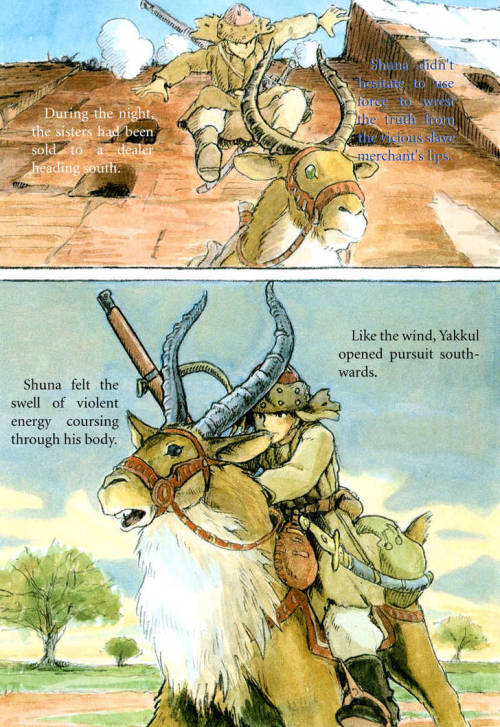

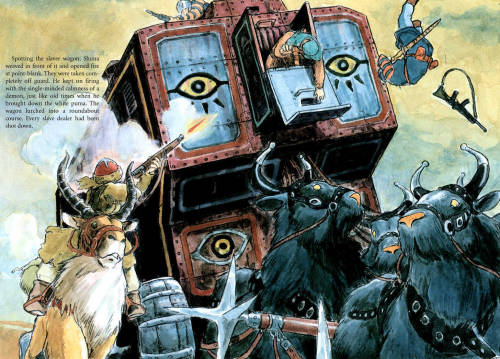
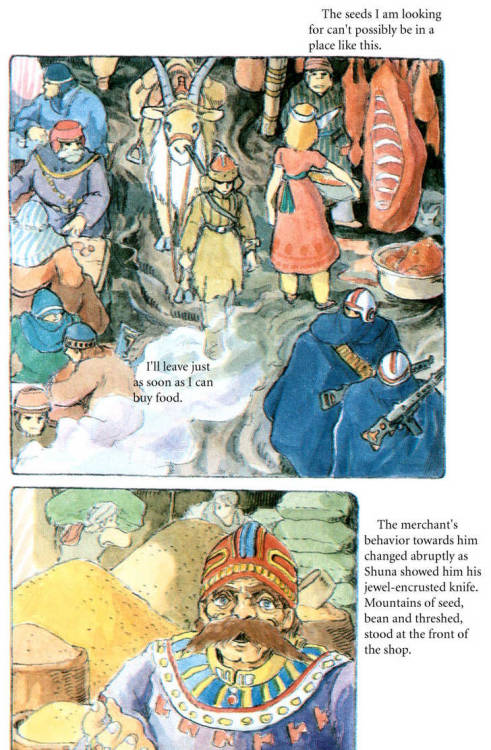
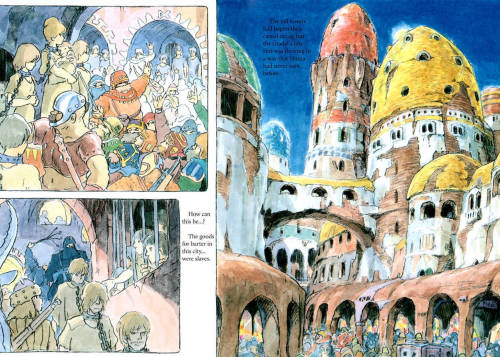
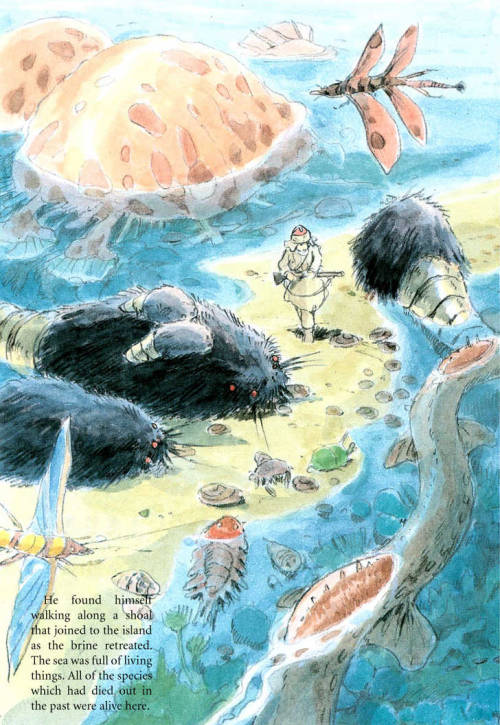
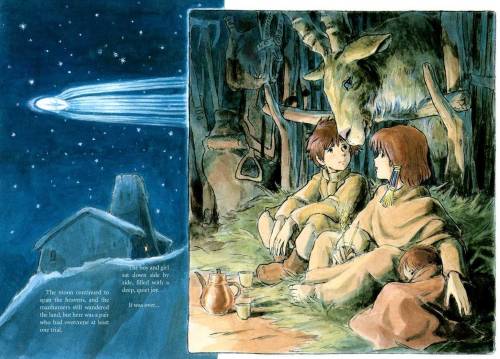
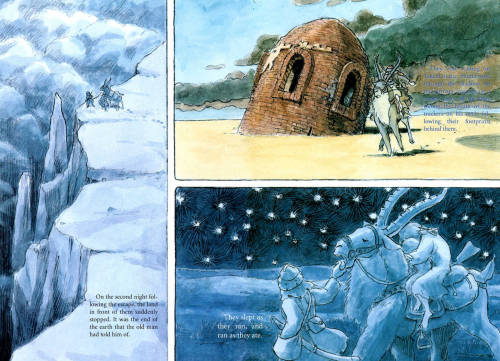
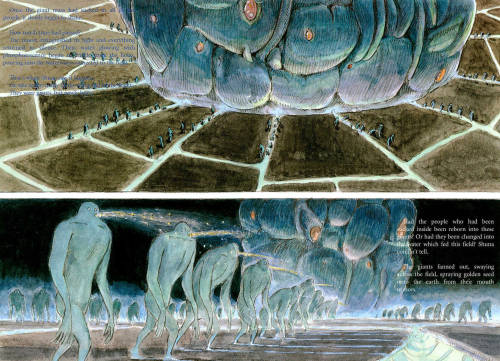
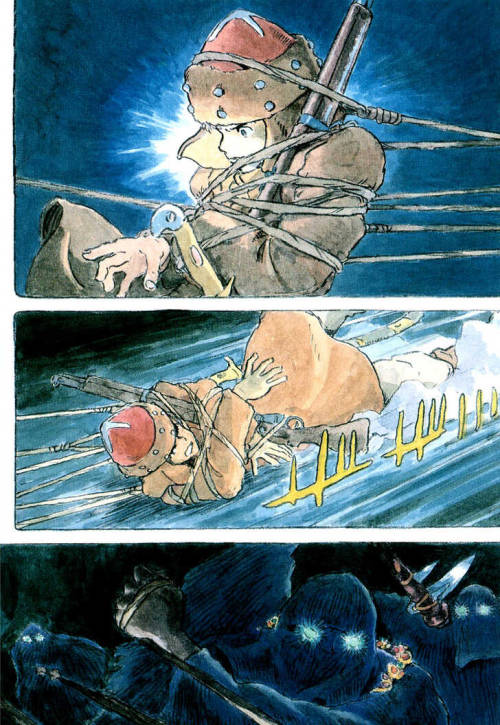
Oh look, a manga called Shuna no Tabi by Hayao Miyazaki from 1983. Read it here http://www.mangago.com/read-manga/shuna_no_tabi/
arecomicsevengood: tezukaspanels: Osamu Tezuka often depicted...

Osamu Tezuka often depicted cutting by sword as cutting through a frame on the page.
From Dororo.
Obsessed with this page/effect at the moment. Haven’t read Dororo yet. (I’m currently reading Tezuka’s Ayako but kind of hating it for how straightforward its storytelling is, and while it tries to sell itself as a “novel,” a literary thing, as someone who actually reads a lot of prose fiction, it does not live up to those standards.)
